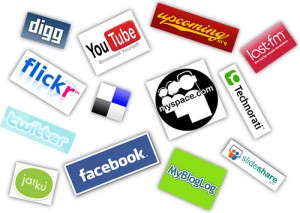To Get Economy Moving, Smart Marketers Will Focus On Marketing to Women
Smart Marketers Will Market to Women During a Recession
Women are the CFOs of their families, controlling the purse strings of much of today’s consumer marketplace.
In today’s recession, many women are foregoing shopping trips because they don’t want to see something they like and have to make the agonizing decision whether or not to buy it. Instead, many women are making smaller, “feel good” purchases like lipstick or a latte ––- items that aren’t going to break the bank but still generate a feeling of contentment and alleviate stress – if only for a moment.
During these tough economic times, women are more difficult for marketers to engage. These consumers, who control 85 percent of all purchase decisions and are responsible for $7 trillion in spending, are putting brands, products and services under tighter scrutiny than ever before and making sure that every dollar is spent wisely. Marketers who want to achieve high-value relationships with these consumers after the recession need to develop and grow those relationships now.
Big budget or small, there are plenty of ways to communicate and market to women on an ongoing basis. Maintain contact with them and continue to be part of their conversations. Monitor their concerns and be responsive to gain their loyalty not only during this downturn, but throughout their entire lives.


